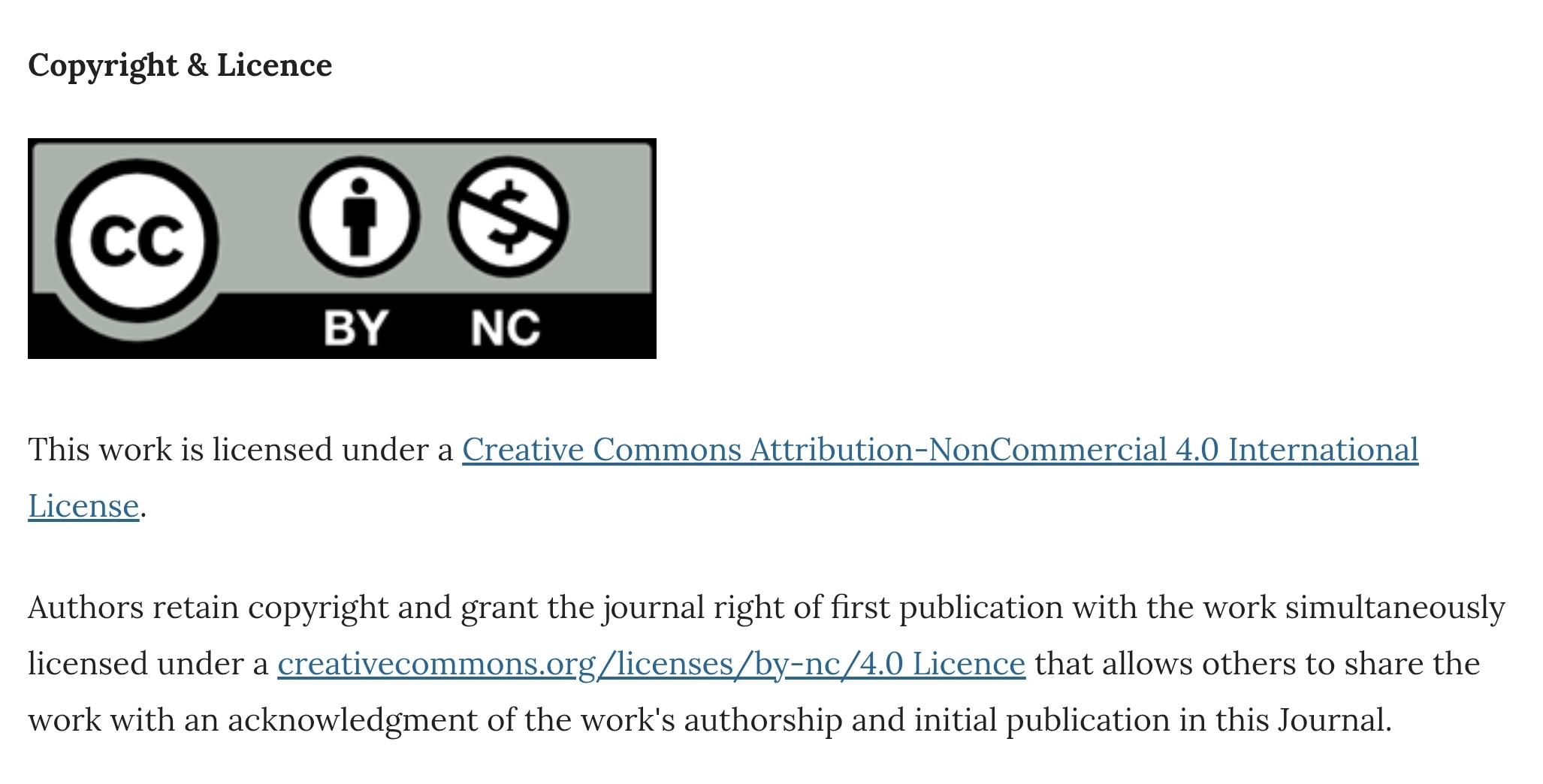Comparison of socio-demographic and clinical factors between “unipolar mania” and bipolar affective disorder
DOI:
https://doi.org/10.30834/KJP.34.2.2021.295Keywords:
Unipolar Mania, Bipolar Affective DisorderAbstract
Background: Bipolar Affective Disorder is defined as an affective or mood illness characterised by distinct episodes of elevated mood and sad mood. However, many patients report recurrent episodes of mania but no depressive episodes usually termed as Unipolar Mania. Our study aimed to identify Unipolar Mania among patients diagnosed with Bipolar Affective Disorder and assess any difference in the clinical and socio-demographic profile between the two groups. Material and methods: This cross-sectional observational study was conducted between April 2020 and March 2021 at the outpatient clinic of a tertiary care medical college hospital. Patients aged >18 years and diagnosed with Bipolar Affective Disorder as per ICD-10 criteria constituted the study population. Patients with a history of any medical illness that may significantly influence CNS function or structure as judged by clinical evidence were excluded. Results: A total of 52 patients were included in the present study after obtaining informed consent, 26 patients each in both groups. The mean age of patients in the Unipolar Mania (UM) group was 38.77±12.42 yrs, and Bipolar Affective Disorder (BPAD) group was 41.15±12.47yrs. The younger age of onset was noted among UM group (25.62±5.31) compared to the BPAD group (28.69±6.29). Psychotic symptoms in the first episode, suicidal attempts, comorbid anxiety disorder, substance use disorder and medical illness were more common among the BPAD group. In contrast, the seasonality was more common among UM group. There was no significant difference between the two groups regarding the number of episodes, the number of psychotic episodes, and mood-congruent psychotic episodes. The Childhood Trauma Questionnaire score was almost similar in both groups. Conclusion: There were no significant differences between the Unipolar Mania (UM) group and Bipolar Affective Disorder (BPAD) group regarding clinical and socio-demographic variables. Unipolar mania, perhaps, is not a distinct nosological disorder. Unipolar mania could be considered a course specifier similar to how rapid cycling, seasonality, and peripartum onset mood disorders are considered rather than a separate nosological entity.
Downloads
References
World Health Organization. ICD-10?: international statistical classification of diseases and related health problems?: tenth revision [Internet]. World Health Organization; 2004 [cited 2021 Aug 23]. Available from: https://apps.who.int/iris/handle/10665/42980
Angst J, Grobler C. Unipolar mania: a necessary diagnostic concept. Eur Arch Psychiatry Clin Neurosci. 2015 Jun;265(4):273–80.
Mehta S. Unipolar Mania: Recent Updates and Review of the Literature. Psychiatry J [Internet]. 2014 [cited 2020 May 4];2014. Available from: https://www.ncbi.nlm.nih.gov/pmc/articles/PMC4020165/
Leonhard K. [Differential diagnosis and different etiologies of monopolar and bipolar phasic psychoses]. Psychiatr Neurol Med Psychol (Leipz). 1987 Sep;39(9):524–33.
Solomon DA, Leon AC, Endicott J, Coryell WH, Mueller TI, Posternak MA, et al. Unipolar Mania Over the Course of a 20-Year Follow-Up Study. AJP. 2003 Nov 1;160(11):2049–51.
Rao AV, Hariharasubramanian N, Devi SP, Sugumar A, Srinivasan V. Lithium prophylaxis in affective disorder. Indian J Psychiatry. 1982;24(1):22–30.
Aghanwa HS. Recurrent Unipolar Mania in a Psychiatric Hospital Setting in the Fiji Islands. PSP. 2001;34(6):312–7.
Dakhlaoui O, Essafi I, Haffani F. [Clinical particularism of bipolar disorder: unipolar mania. About a patient’s study in Tunesia]. Encephale. 2008 Sep;34(4):337–42.
Grover S, Avasthi A, Chakravarty R, Dan A, Chakraborty K, Neogi R, et al. Is unipolar mania a distinct entity: findings from the bipolar disorder course and outcome study from India (BiD-CoIN study). Nordic Journal of Psychiatry. 2021 May 5;0(0):1–6.
Perris C. A study of bipolar (manic-depressive) and unipolar recurrent depressive psychoses. Introduction. Acta Psychiatr Scand Suppl. 1966;194:9–14.
Srinivasan K, Ray R, Gopinath PS. Unipolar mania - a separate entity? Indian J Psychiatry. 1985 Oct;27(4):321–4.
Yazici O, Kora K, Uçok A, Saylan M, Ozdemir O, Kiziltan E, et al. Unipolar mania: a distinct disorder? J Affect Disord. 2002 Sep;71(1–3):97–103.
American Psychiatric Association. Diagnostic and statistical manual of mental disorders: DSM-5. 5th edition. Arlington, VA: American Psychiatric Association; 2013. 947 p.
Unipolar mania reconsidered: A CT scan study?: Sukdeb Mukherjee, David B. Schnur, Ravinder Reddy Medical College of Georgia, Augusta, GA 30912. Biological Psychiatry. 1992 Mar 1;31(5):248.
Sheehan DV, Lecrubier Y, Sheehan KH, Amorim P, Janavs J, Weiller E, et al. The Mini-International Neuropsychiatric Interview (MINI): the development and validation of a structured diagnostic psychiatric interview for DSM-IV and ICD-10. J Clin Psychiatry. 1998;59 Suppl 20:22-33;quiz 34-57.
Bernstein DP, Stein JA, Newcomb MD, Walker E, Pogge D, Ahluvalia T, et al. Development and validation of a brief screening version of the Childhood Trauma Questionnaire. Child Abuse Negl. 2003 Feb;27(2):169–90.
Rajkumar RP. Recurrent unipolar mania: A comparative, cross-sectional study. Compr Psychiatry.
Feb;65:136–40.
Robins E, Guze SB. Establishment of diagnostic validity in psychiatric illness: its application to schizophrenia. Am J Psychiatry. 1970 Jan;126(7):983–7.
Khanna R, Gupta N, Shanker S. Course of bipolar disorder in eastern India. J Affect Disord. 1992 Jan;24(1):35–41.
Kubacki A. Male and female mania. Can J Psychiatry. 1986 Feb;31(1):70–2.
Pfohl B, Vasquez N, Nasrallah H. Unipolar vs. bipolar mania: a review of 247 patients. Br J Psychiatry. 1982 Nov;141:453–8.
Nurnberger J, Roose SP, Dunner DL, Fieve RR. Unipolar mania: a distinct clinical entity? Am J Psychiatry. 1979 Nov;136(11):1420–3.
Abrams R, Taylor MA, Hayman MA, Krishna NR. Unipolar mania revisited. J Affect Disord. 1979 Mar;1(1):59–68.
Amamou B, Chebbi W, Allegue M, Mhalla A, Zaafrane F, Gaha L. Unipolar Mania: A Particular Aspect of Bipolar Disorder in Tunisia. Clin Psychopharmacol Neurosci. 2018 May;16(2):209–13.
Avashthi A, Sharma A, Gupta N, Kulhara P, Varma VK. Seasonality and unipolar recurrent mania?: preliminary findings from a retrospective study. Indian J Psychiatry. 1996 Oct;38(4):236–9.
Mittal P, Mehta S, Solanki R, Swami M, Meena P. A comparative study of seasonality and chronotype in unipolar mania vs. bipolar affective disorder. German Journal of Psychiatry. 2013 Dec 20;16:124–9.
Downloads
Published
How to Cite
Issue
Section
License
Copyright (c) 2021 Kerala Journal of Psychiatry

This work is licensed under a Creative Commons Attribution-NonCommercial 4.0 International License.











